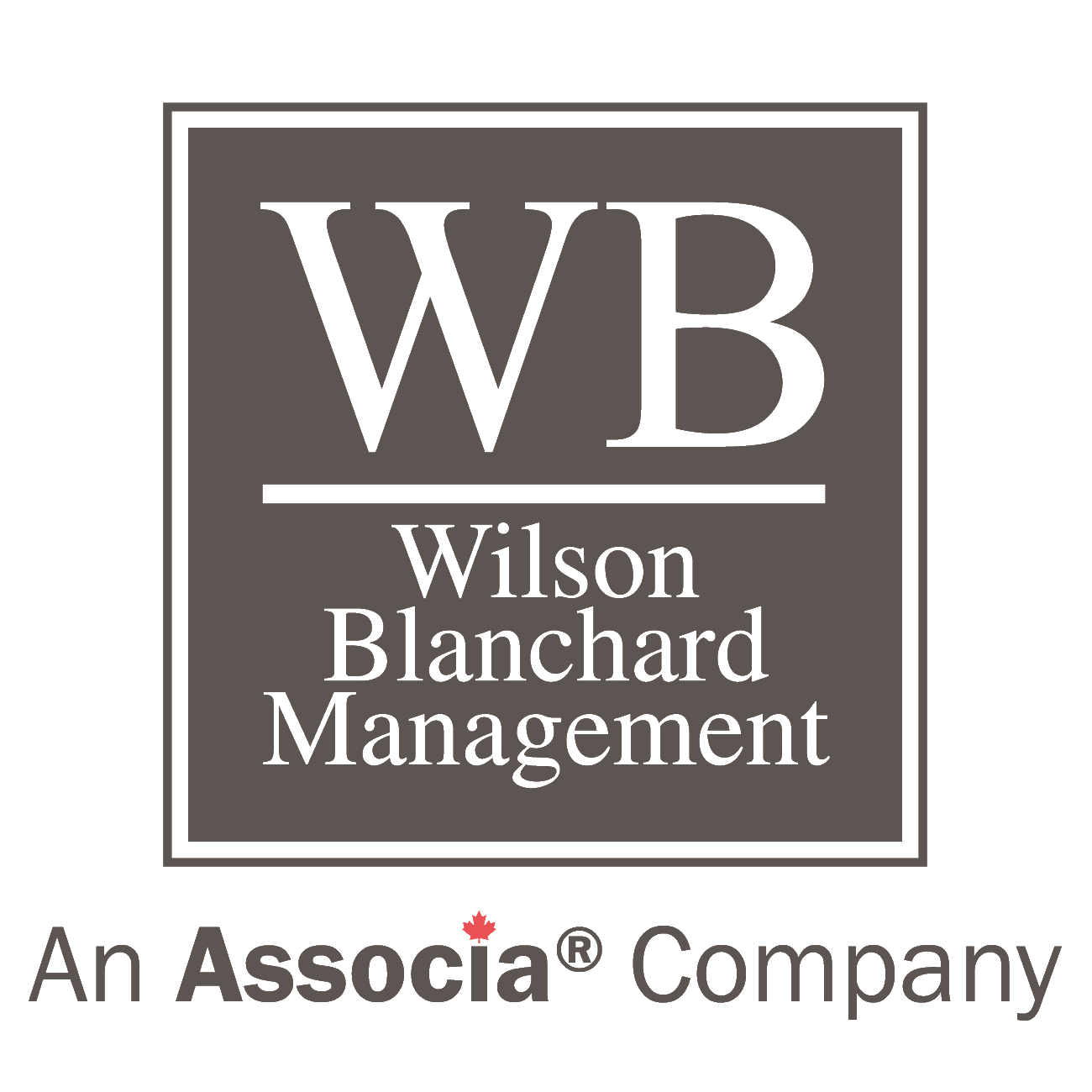Winter Roof Leaks: The Dangers of Delaying a Diagnosis
Reporting a roof leak right away might seem like a no-brainer, but too often, we encounter situations where signs of a leak are reported months after they are first observed. This is especially true during and following the winter months.
There are several reasons why someone might hold off on addressing a roof leak in the winter, especially if the leak hasn’t been active or hasn’t been causing a major disruption to residents. December is a busy time, with many people gearing up for the holidays or traveling to visit family and friends. In the new year, people have new goals and focuses that can take up time and energy. Mostly, there is also a misconception that roofing work cannot be completed in the winter, resulting in many people waiting until at least the official start of spring to report and address their leaks.
The trouble with leaving a leak unattended is the greater potential for further damages to occur, whether these damages can be seen or not. Even when a leak has not yet shown visible signs within the interior of a building, it could be impacting elements behind the walls and ceilings on its path from the roof. Prolonged water infiltration can contribute to severe effects on a building’s structural integrity, along with the potential for issues like mold growth, interior property damage, and possibly displaced residents.
Your Roof in Winter
Over the last few years, winter weather has become extremely unpredictable. We’ve seen fewer traditional Southern Ontario winters that we’ve come to expect, with frigid temperatures and consistent snow for five to six months. Although we still experience cold weather and snow, with it we also see higher volumes of rain, severe windstorms, and unseasonably warm temperatures. What does this all mean for your roof?
Higher volumes of overall precipitation, whether from snow or rain, can lead to an increased chance of leaks during winter months. Built-up ice can cause blockages at drainage systems or damage to roof membranes, shingles, and eavestroughs. Fluctuating temperatures can cause membrane systems and roofing sealants to expand and contract, leading to potential splits and cracks where water can infiltrate. Winter is also the only time a year when ice damming occurs and when we tend to see more leaks related to condensation.
Simply put, ice damming occurs when snow accumulates on a roof’s surface and then melts and refreezes along the lowest point. The melted snow can be attributed to interior heat loss, usually related to deficiencies in the attic. The presence of ice damming is often accompanied by attic condensation, which can result in interior leaks even if the roof is in peak condition.
Safely Addressing & Repairing Winter Roof Leaks
Roofing work is most often associated with warmer temperatures and times of year, but that doesn’t mean it can’t be done in the winter. There are often limitations to the types of work that can be performed in the winter and considerations that must be made; however, roofing repairs and investigations of roof leaks are not off the table.
When diagnosing the leak, an investigation of the interior space and roof can be completed at any time if it is safe to do so. Safe roof access may be limited if there are high winds or if snow and ice have accumulated on the roof, especially if the roof is sloped. Closely monitoring the weather and scheduling inspections as soon as the weather allows will help to limit roof defects from becoming widespread and leaks from persisting.
For corrective repairs, a wide variety of roofing materials come in winter-grade versions, as manufacturers understand that construction and repairs cannot halt for half of the year. All roofing products and materials come with technical data sheets that feature useful information, including minimum application temperatures. Products that do not have winter-grade versions and must be applied during periods of milder minimum temperatures are not used by reputable roofing companies when the weather does not allow.
As mentioned above, winters in Southern Ontario are also extremely unpredictable. It isn’t uncommon to have stretches of mild temperatures and dry weather that may be more suitable for required repairs. February 2024 saw only 6 days with temperatures below zero, with highs reaching up to 16 degrees. Closely monitoring the weather and ensuring any required repairs are scheduled on a temperate day is usually feasible.
Limit Chance of Winter Roof Leaks Through Overall Inspections
Roof leaks can’t always be detected before they become a major interior issue, however, completing an overall inspection of the roof surfaces before heavy snow and ice accumulation occurs is the best way to mitigate leaks. Items to look for include any areas that are damaged, deteriorated, or vulnerable, such as missing shingles, lifting or split roof membranes, deteriorated or split sealants, damaged roof flashing, blocked drainage systems, exposed roof areas, and more.
No matter what time of year, always ensure leaks are addressed as soon as they are noticed to mitigate worsening issues. You will never be sorry for investigating a roof leak too soon. Detail Roofing is available 24/7/365 for your roofing-related needs, including emergency leaks.
About the Author

